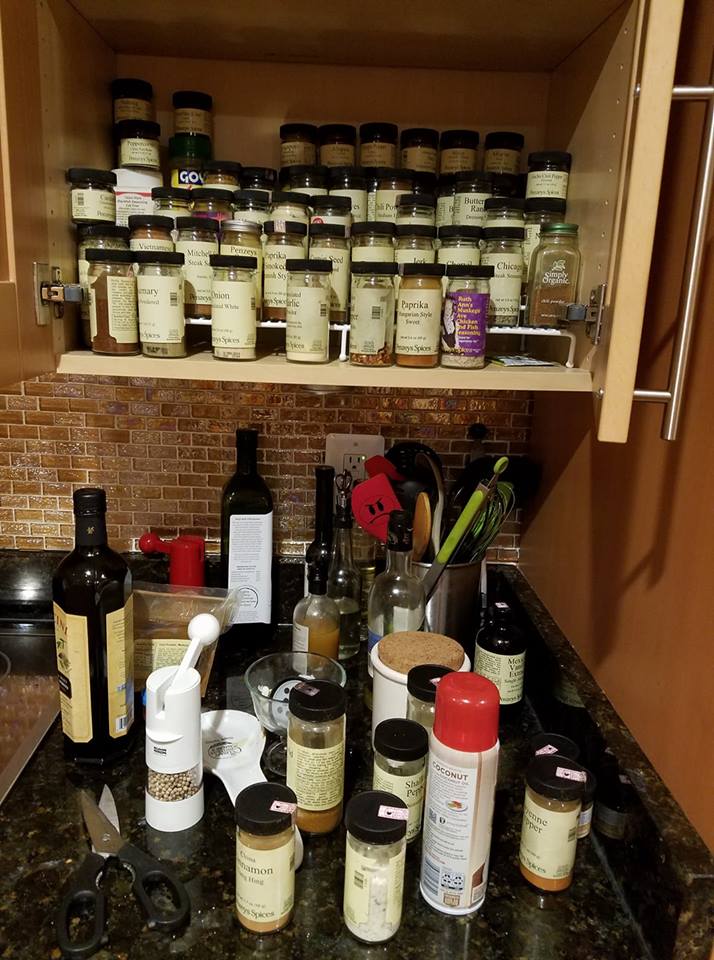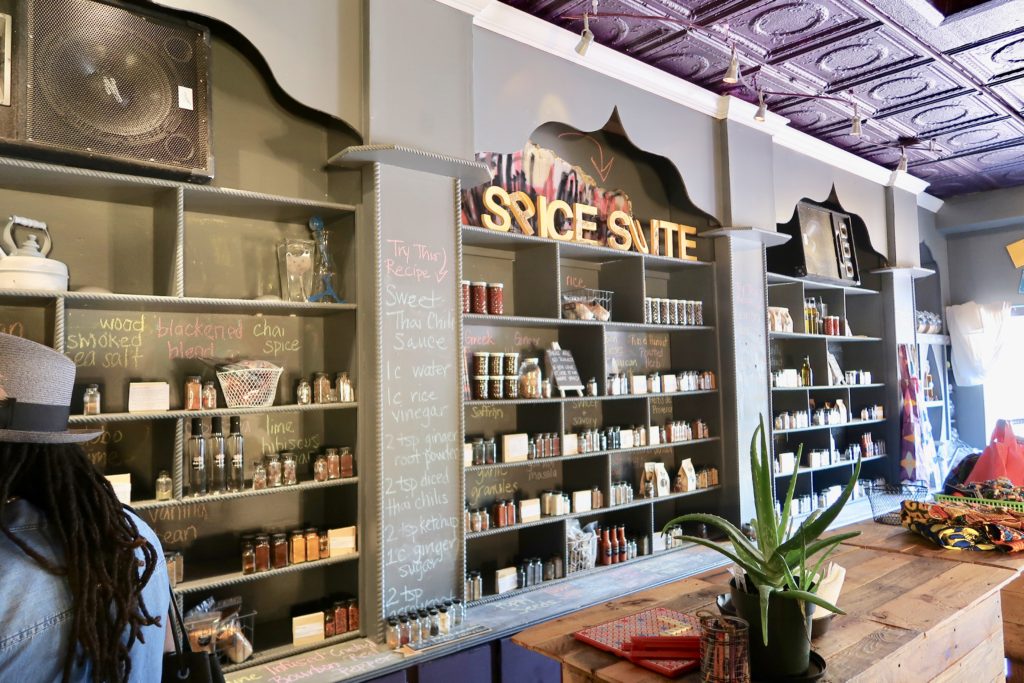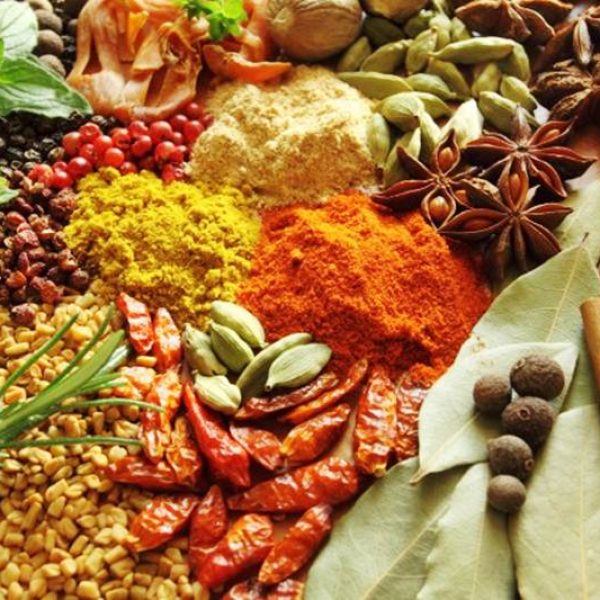When I talk about eating whole real food people think about bland, styrofoam chicken breasts and water flavored broccoli. Ewwww. But when you know your way around the kitchen your options are endless. Those boring chicken breasts can take on so many exciting personas: jerk, lemon pepper, curry, herbed, masala, tajine, balsamic, citrus, teriyaki, barbecue, parmesan crusted, panang, southwestern…and that’s only what I could shake off the top of my head in 10 seconds. I’m sure there are more.
Healthy eating can be as flavorful and exciting as you want it to be. No matter what your skill level is, you can hook up some seriously fantastic dishes, even on the fly. What creates all kinds of variation in home cooked dishes is spices. Since antiquity, spices have been just as aggressively sought after, if not more than silk and gold. Spice trade played a very important part of history, and today are still greatly valued.
Selecting the best spices
Getting the freshest spices available is key to enhancing dishes from good to OMG Terrific! The freshest and best spices are not usually found in a supermarket. Supermarket varieties don’t specialize in supplying the highest quality spices and often those spices have been sitting on a store shelf for YEARS, which means a lot of the aromatic quality is lost. For example, Most of my life I thought that supermarket paprika didn’t have any flavor and was just used as garnish for deviled eggs or potato salad. Boy was I wrong! Good sweet Hungarian paprika is awesome.
You can find better spices at gourmet type shops but I don’t recommend that because despite the higher price, their quality is not necessarily better. Now, international shops are a better choice because the spices are likely supplied on a much smaller scale than a supermarket, and therefore are likely fresher. But for the spice experience that is out of this world, go to a specialty spice shop. Most large cities have them and there are several online if you don’t live near one. My favorite spice supplier is is Penzey’s. (I am not an affiliate)They have a jar of each spice on its shelf that you can open and smell. The customer service is great and the quality and freshness of the spices are unparalleled, which you can easily tell from their intensities.

My other favorite here in Washington DC is The Spice Suite Spice Bar. It’s a comfy black woman owned shop right on the DC/Tacoma Park border that you should definitely plan to visit. Angel, the spicegirl boss/owner has high quality spices that she actually travels around the world and purchases herself. She sells some nice spice blends and some amazing balsamic vinegars.

This spice shop is more than just a store. It’s a black women’s business incubator too! This place is so awesome and she also does mail order even though her entire inventory isn’t online.

Buying spices in their whole form is the best bet, because their fragrant oils are not released during storage. You can grind the spices before each use or every so often using a coffee grinder. I have one specifically for this purpose (my husband doesn’t like my coriander in his coffee).
If your dish doesn’t require finely ground spices you can also quickly crush them with a mortar and pestle.
Storage
Store the spices in airtight containers in a cool, dry dark place, not in a spice rack next to a sunny window. Replacing the lids right after use keeps them fresher longer. If you have the space, storing them in the refrigerator or freezer is even better.
Preparation
Most spices release their aroma when heated. For certain dishes, usually curries or tajines, I either heat them in a pan with oil, like a paste, or dry pan roast (called bloom) them very briefly to intensify their aromas. For leafy herbs, you can crush them with your hand or with a mortar and pestle right before using if you want but it’s not necessary. Avoid shaking the spice directly from the jar into a steaming pot (I’m sooo guilty of this) so that the moisture will not cake up or otherwise compromise the spice in the jar.
Here is a good list of the basic spices to keep on hand to whip up a memorable meal for the family and change things up regularly so they won’t get bored:
- whole black peppercorns
- turmeric
- paprika, smoked, sweet or both
- garlic powder
- cayenne
- chili (blend)
- thyme
- cinnamon
- curry (blend)
- cumin
- kosher salt
- pure vanilla
- bay leaves
Already have the basics, and ready for more excitement? Spices I love are:
- cardamom (my favorite spice)
- chives
- green peppercorns
- dried shallots
- nutmeg/mace
- saffron
- berebere (Ethiopian blend)
- ras al hanout (Moroccan/North African blend – I’ll develop my recipe since it’s hard to find an authentic version online)
I don’t advise that you throw out all your spices and run out and spend a couple hundred dollars replacing your entire collection. Instead, just buy a few at a time, and if you can before you run out of your old spices so you can compare them yourself.


 I’m LifeBliss Lisa and I coach black women on how to create intentional, healthy, soft lifestyles.
I’m LifeBliss Lisa and I coach black women on how to create intentional, healthy, soft lifestyles.